Rose Byrne in "Spy"
 Saturday, June 6, 2015 at 5:33PM
Saturday, June 6, 2015 at 5:33PM Let's make this happen universe.
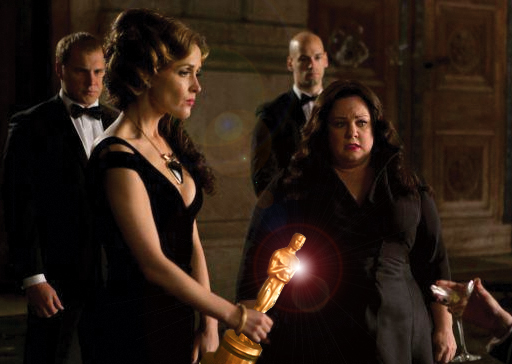
Or we'll all be as sad as Bulgarian clowns.
 Oscars (15),
Oscars (15),  Rose Byrne,
Rose Byrne,  Spy,
Spy,  Supporting Actress,
Supporting Actress,  comedy
comedy The Film Experience™ was created by Nathaniel R. All material herein is written by our team. (This site is not for profit but for an expression of love for cinema & adjacent artforms.)
Follow TFE on Substackd
We're looking for 500... no 390 Subscribers! If you read us daily, please be one.
THANKS IN ADVANCE
 Saturday, June 6, 2015 at 5:33PM
Saturday, June 6, 2015 at 5:33PM Let's make this happen universe.

Or we'll all be as sad as Bulgarian clowns.
 Wednesday, May 27, 2015 at 6:14PM
Wednesday, May 27, 2015 at 6:14PM 1979 is our "Year of the Month" and this post was way way too much fun to research. Before the main course of the Supporting Actress Smackdown (pushed to June 7th), let's marinate a little in the year that was.
original print ad for Kramer vs. Kramer (available on eBay)
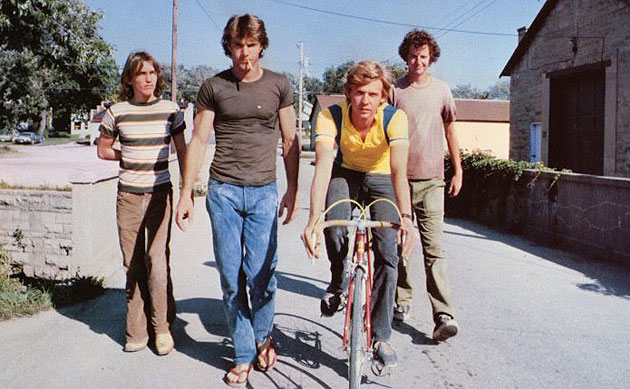 Jackie Earle Haley, Dennis Quaid, Dennis Christopher, and Daniel Stern broke out via "Breaking Away"
Jackie Earle Haley, Dennis Quaid, Dennis Christopher, and Daniel Stern broke out via "Breaking Away"
BEST MOVIES ACCORDING TO...
Oscar: Kramer vs Kramer*, All That Jazz, Apocalypse Now, Breaking Away, and Norma Rae were the best pictures nominees but they also loved La Cage Aux Folles, The China Syndrome, Manhattan, Being There and The Black Stallion
Golden Globe: (drama) Kramer vs Kramer*, Apocalypse Now, The China Syndrome, Manhattan and Norma Rae (comedy) Breaking Away*, Being There, Hair, The Rose, and 10
Cannes: Apocalypse Now AND All That Jazz (Glenn discussed this odd consecutive Oscar-adjacent business)
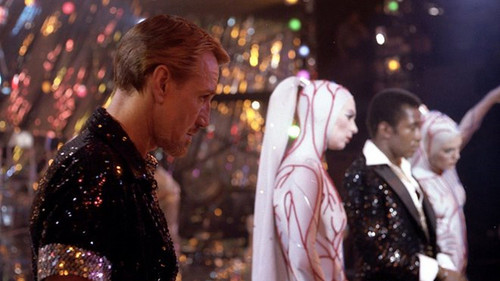
Box Office: 1) Kramer vs. Kramer 2) The Amityville Horror 3) Rocky II 4) Apocalypse Now 5) Star Trek: The Motion Picture 6) Alien 7) "10" 8) The Jerk 9) Moonraker 10) The Muppet Movie
Gene Siskel: 1) Hair 2) Kramer vs Kramer 3) The Deer Hunter 4) Breaking Away 5) Manhattan 6) The Marriage of Maria Braun 7) Nosferatu 8) The Onion Field 9) Time After Time 10) The China Syndrome
Roger Ebert: 1) Apocalypse Now 2) Breaking Away 3) The Deer Hunter 4) The Marriage of Maria Braun 5) Hair 6) Saint Jack 7) Kramer vs Kramer 8) The China Syndrome 9) Nosferatu 10) "10"
List-Mania continues with music hits, debut characters, new toys, and adorable "born in '79" people & things after the jump...
 Thursday, May 21, 2015 at 5:34PM
Thursday, May 21, 2015 at 5:34PM 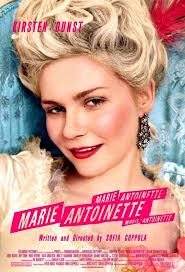 Who knew a period piece about Marie Antoinette would be Sofia Coppola's most controversial movie? Basically, whether or not you like Coppola's 2006 Marie Antoinette boils down to how you feel about anachronisms. Anachronistic details - modern fashion in a period piece, pop music played at a ball, a much-maligned pair of lavender Converse sneakers - are by design attention-grabbing. Like equally flamboyant directors Baz Luhrman and Quentin Tarantino, Sofia Coppola’s purpose is to jar audiences in the present, setting up a stylized world where (hopefully) audiences can relate more closely to people who lived decades or centuries ago. Coppola uses anachronisms to help the audience appreciate the rebellious streak of Marie Antoinette’s hedonism.
Who knew a period piece about Marie Antoinette would be Sofia Coppola's most controversial movie? Basically, whether or not you like Coppola's 2006 Marie Antoinette boils down to how you feel about anachronisms. Anachronistic details - modern fashion in a period piece, pop music played at a ball, a much-maligned pair of lavender Converse sneakers - are by design attention-grabbing. Like equally flamboyant directors Baz Luhrman and Quentin Tarantino, Sofia Coppola’s purpose is to jar audiences in the present, setting up a stylized world where (hopefully) audiences can relate more closely to people who lived decades or centuries ago. Coppola uses anachronisms to help the audience appreciate the rebellious streak of Marie Antoinette’s hedonism.
Surprisingly, the first half of the film plays along the standard genre rules of the period piece. 14-year-old Marie (Kirsten Dunst) is introduced as a child playing with puppies, stripped - literally - of her Austrian possessions at the border of Austria and France, and quickly married to the equally immature Dauphin Louis (Jason Schwartzman). Coppola’s ability to make the foreign both exciting and isolating is powerfully used during these early scenes. The lavishness of the receiving tent turns claustrophobic when Marie is forced to disrobe for examination by a cold courtier. Likewise, the beautiful bustle of Versailles’s court becomes ridiculous and invasive. In a cringe-inducing scene, Marie is left standing naked as the same courtier explains that dressing involves half the court and a lot of ceremony. After she is publicly shamed for failing to produce an heir (the Dauphin has intimacy issues), the contradiction of Marie’s life as a monarch is clear: she has no privacy, but she is alone.
Under such heavy scrutiny, it’s no wonder Marie rebels...
 Thursday, January 29, 2015 at 8:00AM
Thursday, January 29, 2015 at 8:00AM Margaret here with an update on upcoming projects from Paul Feig, the bannerman for blockbuster female-driven comedy. He's following up the roaring success of Bridesmaids and The Heat with two more big-budget Melissa McCarthy projects due over the next couple summers.
The buzzier of the projects is a female-led Ghostbusters reboot, whose main cast has just been announced. It's a wonderful lineup: Feig muse Melissa McCarthy, post-Bridesmaids movie star Kristen Wiig, the hilarious rubber-faced Saturday Night Live MVP Kate McKinnon, and comedy vet Leslie Jones, a recent addition to SNL as both a writer and a featured player. These choices, exciting on their own, are all the more gratifying when one considers all those rumors circa the Sony leak that they were looking at gamine young A-listers like Jennifer Lawrence and Emma Stone.
While we bask in the casting news (and speculate wildly on the movie's plot), let's take a look at the Feig/McCarthy project coming to us mere months from now: the espionage thriller parody Spy...
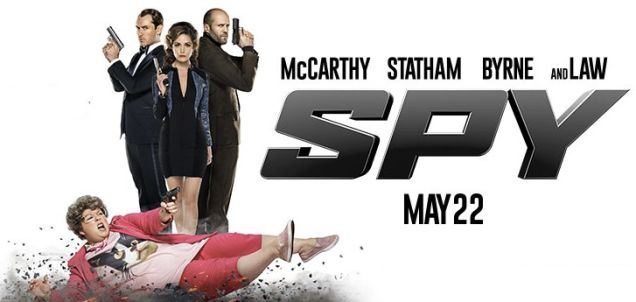
 Monday, December 8, 2014 at 7:56PM
Monday, December 8, 2014 at 7:56PM 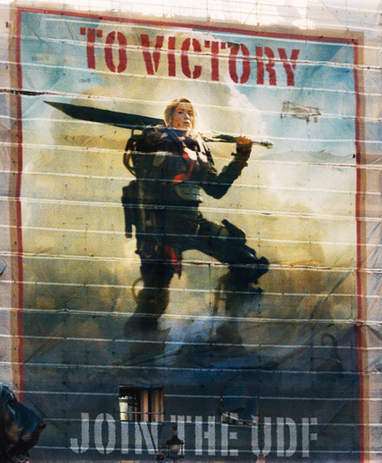 Nobody was more badass than Emily Blunt as the Full Metal Bitch ... no matter what you're calling the movie nowYesterday I shared the eligibility list (not-official, but Nathaniel-created) for an underdiscussed Critics Choice category "Young Actor/Actress" but that's not the only category that the BFCA has that isn't discussed enough to insure widespread careful consideration for a strong lineup. Here are some other categories you can help me with.
Nobody was more badass than Emily Blunt as the Full Metal Bitch ... no matter what you're calling the movie nowYesterday I shared the eligibility list (not-official, but Nathaniel-created) for an underdiscussed Critics Choice category "Young Actor/Actress" but that's not the only category that the BFCA has that isn't discussed enough to insure widespread careful consideration for a strong lineup. Here are some other categories you can help me with.
FYC your favorites in the comments for the following COMEDY & ACTION categories! We're only allowed 3 votes in each so there are some no brainers for yours truly: Rose Byrne for Comedy Actress (Neighbors) i imagine she's a longshot for a Globe nomination which pisses me off to no end; Emily Blunt for action actress (Edge of Tomorrow); Captain America: Winter Soldier for Action movie... and it's just no contest. Other movies: You got nothing on Cappy in that elevator. Sorry bout it!
BEST ACTION MOVIE
BEST ACTOR in an ACTION MOVIE - name AND film
BEST ACTRESS in an ACTION MOVIE - name AND film
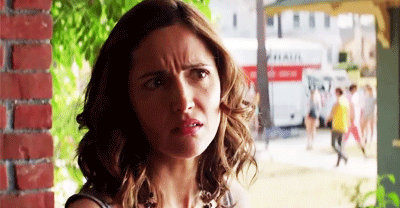
BEST COMEDY
BEST ACTOR in a COMEDY - name AND film
BEST ACTRESS in a COMEDY - name AND film
BEST SCI-FI/HORROR MOVIE
For some reason this one doesn't get acting categories to go with it. I'm a member but the Critics Choice Awards sometimes feel poorly thought out in terms of categories. Either commit or don't, you know?